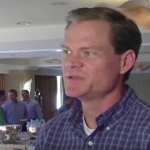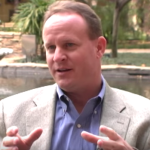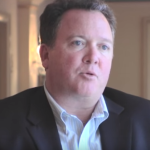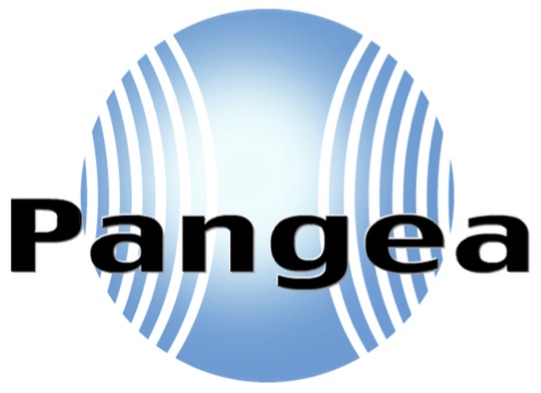Customize your training programs to suit your business’s ever-changing needs.
1. Customized to your needs.
2. Capitalize on your strengths.
3. Shore up your weaknesses.
Each of us at Pangea Performance Consulting Group have held Director-level positions or higher with major medical device companies. We understand that some of the challenges you and your people face are specific to your situation and we embrace the opportunity to custom build content to address them.
This obviously has to start with some detailed information about your situation.
Please contact us to start the conversation.








